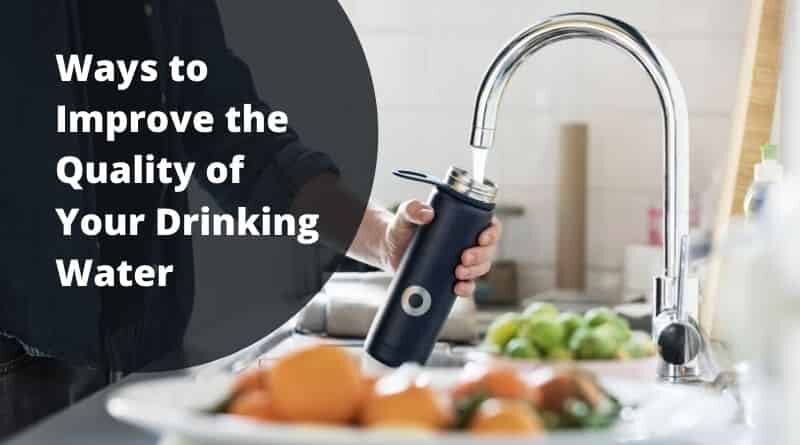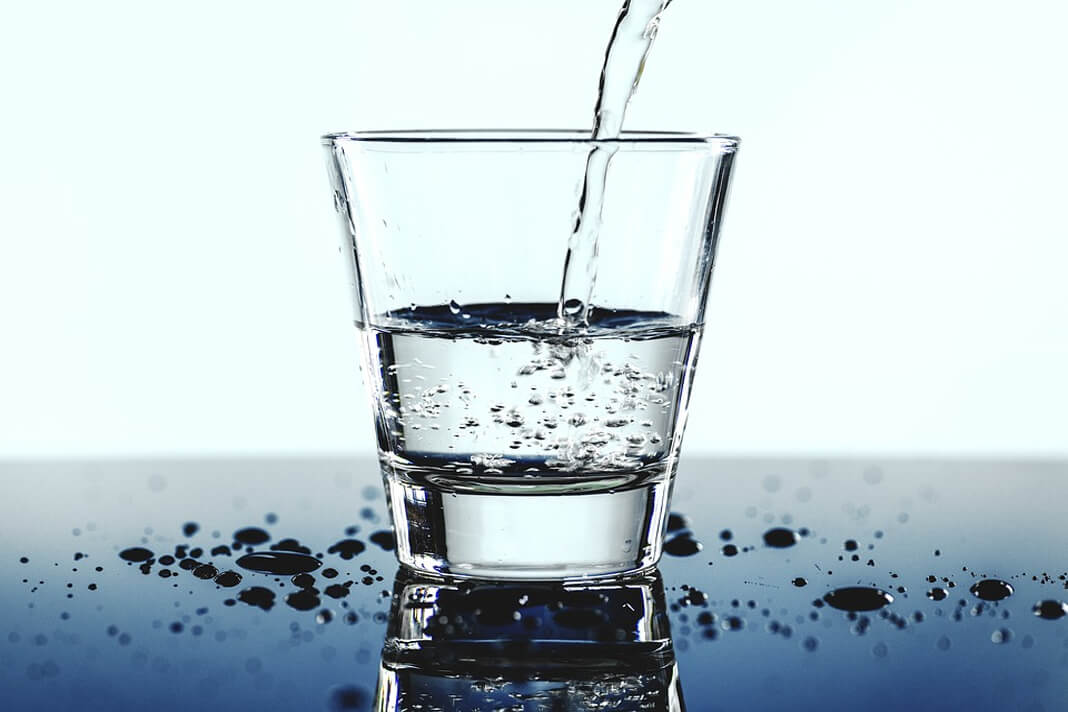5 Ways to Improve the Quality of Your Drinking Water
“Water is the driving force of nature” is a famous and accurate quote by Leonardo da Vinci. Every living organism needs water, but where humans are concerned, not do any water. We need pure water that is safe for drinking. And despite the abundance of water on our planet, most of the available water isn’t safe for drinking.
There are several health benefits of drinking pure water. For one, pure water keeps you healthy and deals with problems of obesity. Also, your body digests food better, and wastes are more efficiently cleared. All these reasons and more necessitate the need to take the quality of your drinking water seriously.
According to a study conducted in 2018, millions of Americans are drinking potentially unsafe water. In this article, we discuss how to improve the quality of your drinking water. Here they are.
Table of Contents
Improve the Quality of Your Drinking Water
Install filters
Installing water filters will improve the quality of your drinking water by reducing the level of contaminants. Water filters are designed in different sizes and shapes. And, the one you go for will depend on your household needs. However, it’s common to see households using faucet-mounted and built-in filters.
Over time, contaminants such as dirt, metals, and microorganisms will build up in the filters. And this can affect the ability of the filters to function correctly. Built-up contaminants can also pollute your drinking water. And this requires you to clean or replace your water filter periodically. The manufacturer’s instruction manual will tell you when to replace or clean the filters.
Replace old pipes and plumbing
Old pipes and plumbing can compromise the quality of your drinking water by leaking contaminants. This is especially true for galvanized copper plumbing that leaks lead into the water with age. High levels of lead in water are detrimental to the body due to the risk of organ damage. For this reason, use non-lead pipes and fixtures for your plumbing. And if you must use any galvanized copper plumbing, the percentage of lead shouldn’t exceed 0.25%.
After installing new plumbing, flush the piles with cold water for about 5 minutes once a day for the first three days. This is to prevent sand, dirt, or debris from polluting the water or causing operating issues.
Use a reverse osmosis system.
A reverse osmosis system is a practical and straightway of improving drinking water quality at home or in the workplace. Using a series of filters and membranes, the reverse osmosis system removes harmful chemicals and contaminants from water. Lead, nitrate, iron, mercury, zinc, manganese, and cadmium are some of the metal contaminants reverse osmosis systems remove from water. Particles, such as dust, rust, and dirt, are also removed and volatile organic compounds. And the result is high-quality, safe, and filtered drinking water that can easily be stored and used as needed.
There are several reverse osmosis systems on the market, such as Brita Reverse Osmosis, and they all use the mechanism described above to purify water. Maintaining a reverse osmosis system is pretty easy. And all you have to do is to follow the manufacturer’s instructions.
Install an ultraviolet disinfection system
Another cost-effective and eco-friendly way of improving the quality of your drinking water is to use an ultraviolet disinfection system. By using ultraviolet (UV) light, UV disinfection systems remove microorganisms from water without adding any chemicals. UV infection systems have been shown to kill harmful microbes such as coliforms, protozoa, and E-coli.
One of the advantages of this disinfection system is the speed at which microbes are killed – second. As soon as the water is fed through the UV chamber, the UV light inactivates microbes in seconds, making clean and safe water readily available.
You should consider installing an integrated UV filter with a Reverse Osmosis System for best results. The UV system removes microbial contaminants, while the Reverse Osmosis System removes metallic pollutants. And this guarantees the safety of your drinking water.
Drain your water heater annually
If you use a water heater, you need to drain it periodically. This is because your water heater will collect contaminants such as metals, bacteria, and dirt over time. And draining your water heater once a year will help get rid of accumulated contaminants and improve the quality of your water. The manufacturer’s manual will provide more information about when to drain your water heater and other maintenance practices. If you don’t feel comfortable draining your water heater, call a plumber to do it for you.







